New museum app lets users experience Charlotte’s historic Brooklyn neighborhood again
Standing on the uptown corner of S. Brevard Street and W. Martin Luther King Boulevard, in front of the NASCAR Hall of Fame, you might notice a sign that reads “Brevard Street Library, Historic Brooklyn.” But there’s no library in sight.
That will change once you download a new, immersive augmented reality app from Levine Museum of the New South.
This free app, knowCLT, is designed to share the history and sites of the once-thriving Black neighborhood of Brooklyn, which disappeared over half a century ago in the name of urban renewal.
It’s a pivotal time for the museum, which said in June it was putting its Seventh Street building up for sale as it looks to transform itself in the digital age and how it interacts with the community.
Back at the NASCAR building, people can scan the QR code on the sign, download the knowCLT app and raise their phone to eye level. What appears is about 100 Black men in suits occupying the street corner where the NASCAR building stands.
A sign above their heads reads Brevard Street Library.
It’s a glimpse into what was once the intellectual center of the historic Brooklyn neighborhood in Charlotte. Lower your phone, and the ghostly figures disappear, revealing what now seems like a hauntingly empty pavilion.
Those men were not ghosts, but an image of real, former residents of Brooklyn superimposed onto the street corner via augmented reality technology.
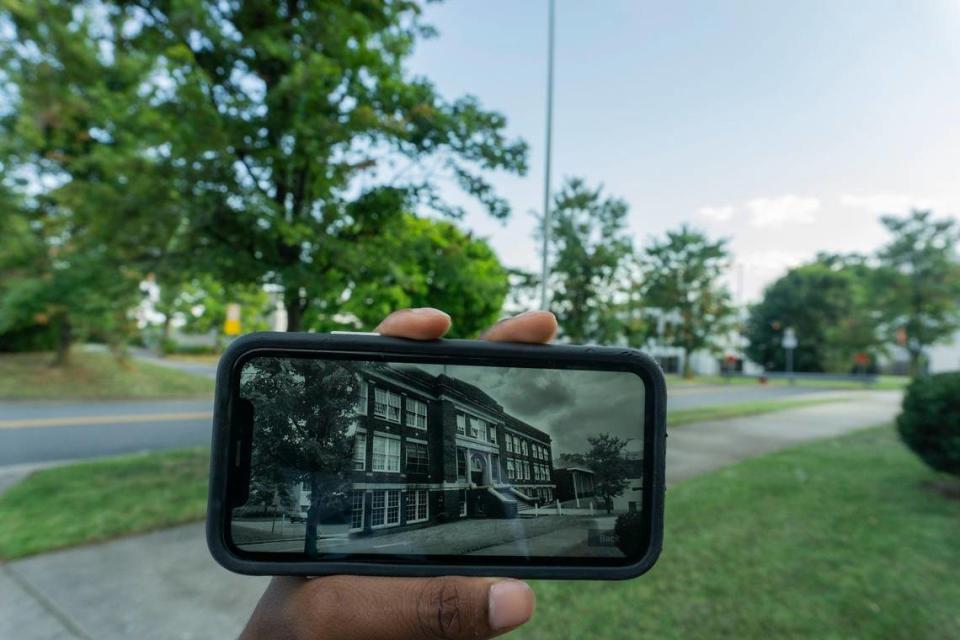
KnowCLT, an app developed for the Levine Museum, uses AR tech to create an immersive GPS-based exploration of Brooklyn, once the largest and most vibrant Black community in the Carolinas. The app launches Saturday, Aug. 7.
The app also expands upon the museum’s exhibit “Brooklyn: Once a city within a city,” giving participants the opportunity to delve into Brooklyn’s history through their phones, either on foot in the Second Ward or from home.
“We dug a little deeper, profiling and highlighting important figures that are connected with each site that is featured in the exhibit,” said Willie Griffin, staff historian at the museum. “So you’ll find more information about prominent leaders in the Brooklyn community.”
Historical immersion
Through augmented reality, participants can hold their phones up to where seven historic Brooklyn sites once stood and see them appear on their screen as they existed before their demolition in the 1960s and ‘70s.
Among the sites are Second Ward High, AME Zion Publishing House, Alexander Funeral Home, JT William’s house, United House of Prayer and Savoy Theatre.
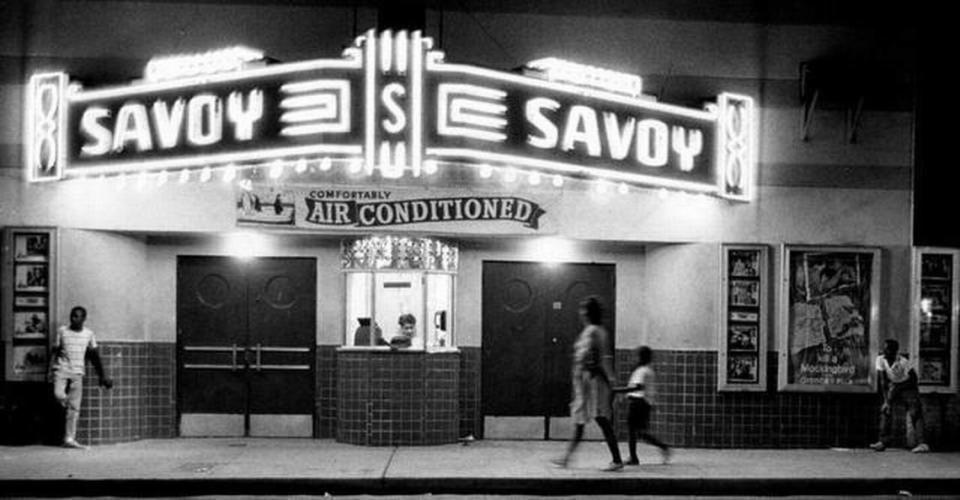
The knowCLT app also uses narration, photos, poetry and the voices of former residents to guide participants on a journey through Brooklyn’s rich and tragic history.
“It allows people to access history where it actually occurred and explore the city’s past in new ways,” said Eric Scott, director of Exhibits and Digital Experiences at the museum.
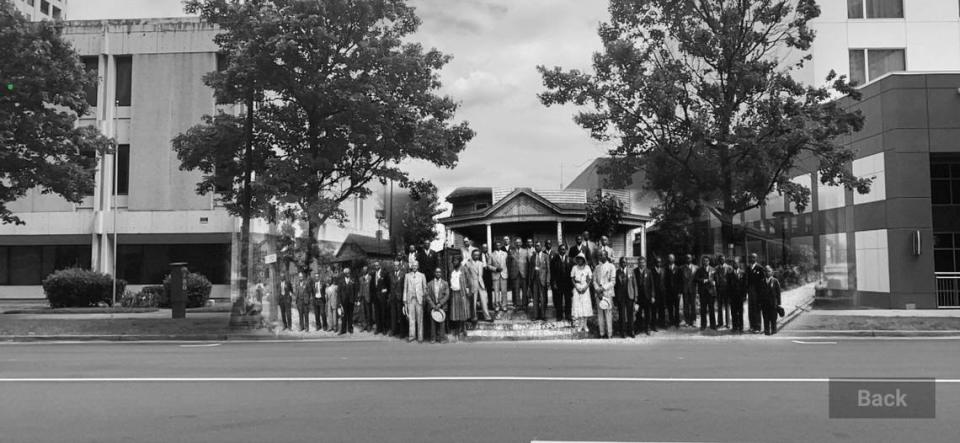
“It’s much more tangible when you can go to a place and see that once stood here was a center of the Black community,” Griffin said.
That includes Grace AME Zion Church, where many efforts to organize the community around civil rights issues took place, Griffin said.
With each site visited, a reward such as a digital coupon for 20% off a smoothie from Hip Hop Smoothies can be earned. Most of the participating businesses are Black-owned, said Griffin.
Developing the app
KnowCLT is part of the museum’s ongoing transformation into a digitally-centred organization, accelerated by the COVID-19 pandemic.
The app was developed in collaboration with the James B. Duke Library at Johnson C. Smith University. A local non-profit, POTIONS & PIXELS, headed technical development and design.
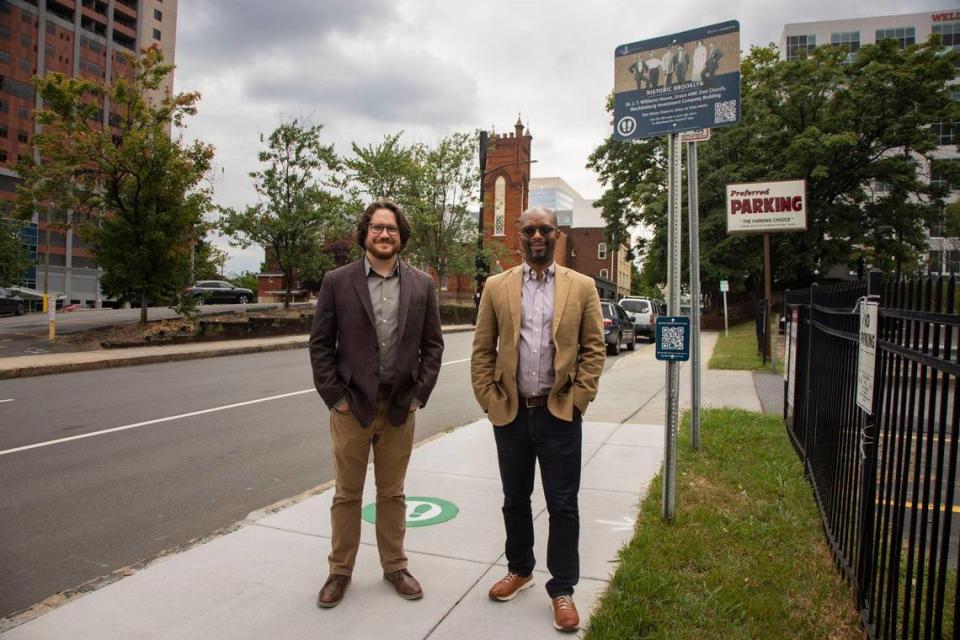
The museum’s first dive into augmented reality took the form of the HomeCLT app, developed by Dr. Ming-Chun Lee, an urban planning professor at UNCC, and a team of graduate students, in February 2019.
The HomeCLT app allowed visitors to see the demographic changes in Charlotte neighborhoods such as Eastland Mall and Dilworth occur over time as part of the #HomeCLT exhibit series. Lee was also involved in the creation of knowCLT.
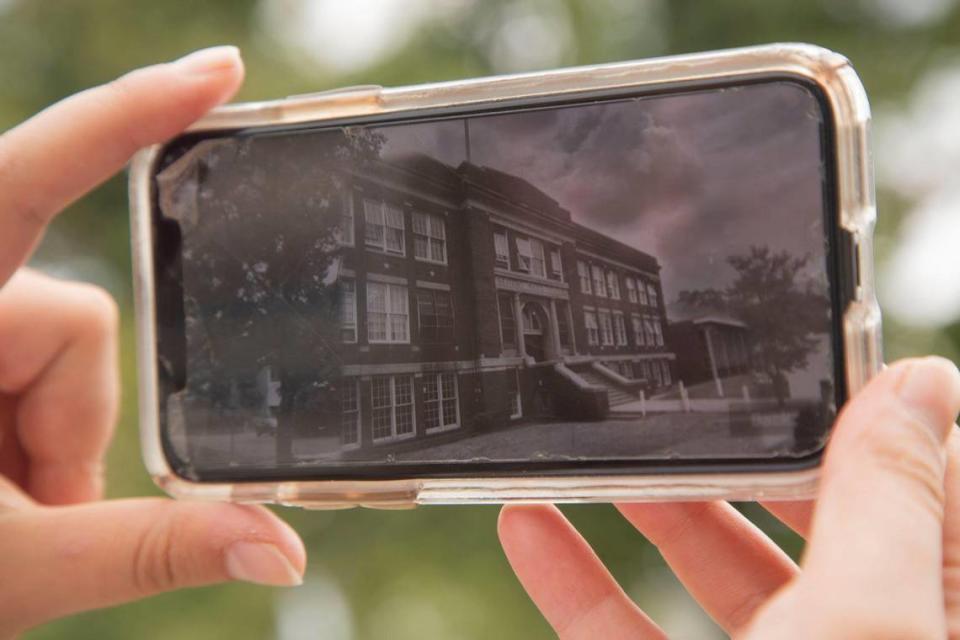
Brooklyn’s history
The story of Brooklyn and urban renewal is one of many historical factors that play into the large opportunity gap that exists in the city today, said Scott. The museum’s app keeps the focus on Brooklyn’s history, and helped provide highlights of its history:
▪ After the Civil War, formerly enslaved African Americans built communities in Charlotte’s Second and Third Wards.
▪ Part of Second Ward, originally named Logtown, grew rapidly after the establishment of the first graded school for Black students in Mecklenburg county in 1886. By the early 1890s, Logtown was known as Brooklyn.
▪ From the late 1800s until the 1960s, Brooklyn was a vibrant sanctuary for African Americans in a segregated South, boasting schools, churches, civic organizations, and Black-owned businesses. Over 1,000 families resided there.
▪ Home to both affluent and poor families, Brooklyn featured a combination of worn-out apartment buildings and elegant homes. When postwar federal programs offered the opportunity to reform the city center, Charlotte leaders fixated on the impoverished parts of Brooklyn, justifying its demolition, said the narrator on the knowCLT app.
▪ Between 1961-70, some 216 businesses, 13 churches, two schools and 1,480 homes were razed, opening up prime real estate for white business speculators to capitalize on. Over 7,000 residents were displaced.
In its place, imposing government buildings, hotels, and offices were erected. Brooklyn residents were forced to find new homes, ending up scattered between different neighborhoods in Charlotte.
Telling the story of Brooklyn
The memory of Brooklyn is kept alive by groups like the Second Ward High School National Alumni Foundation, which was founded in 1980 to continue the former school’s mission of education and community involvement.
The foundation has supported museum exhibits, books, and documentaries about Brooklyn’s story. The spirit of Brooklyn lives on in the former residents and their families, who attend annual picnics and commemorative events organized by the foundation.
KnowCLT amplifies that history.
It is available for both iPhone and Android users. The first 100 people to visit the museum and show the app on their phones will receive gift bags to accompany them on their walking tour.
“The historic Brooklyn experience is the first of many immersive historic experiences we will be providing around the city,” Scott said.

